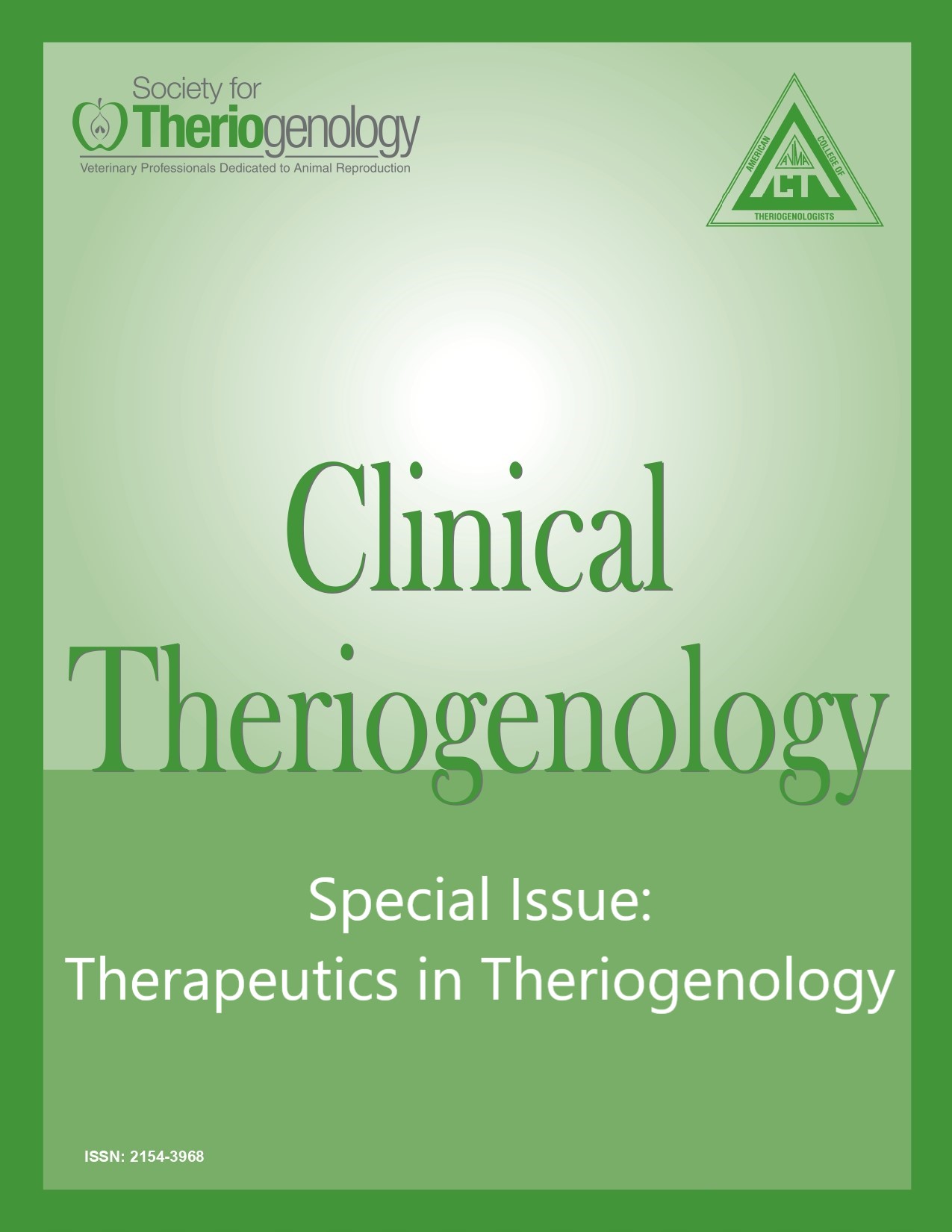Anovular conditions impacting fertility in dairy cattle and considerations for clinical management
Abstract
Reproductive performance is a primary driver of herd profitability and reproductive failure or infertility is one of the main causes of culling in USA dairy herds. Nearly ⅓ of dairy cows in USA experience anovulation in early lactation leading to increases in days open and reductions in first service conception rates. Anestrus and anovulation in dairy cows can be attributed to many causes including parity, postpartum uterine or systemic diseases, nutritional deficiencies, body condition loss, and stress. Identification and management of anovular cows, including strategies to reduce the incidence of anovulation, are critical to the overall reproductive performance of the herd. The aim of this review is to highlight causes, recent research on anovulatory conditions, and clinical approaches to management to improve dairy herd reproductive outcomes.
Downloads
References

This work is licensed under a Creative Commons Attribution-NonCommercial 4.0 International License.
Authors retain copyright of their work, with first publication rights granted to Clinical Theriogenology. Read more about copyright and licensing here.





